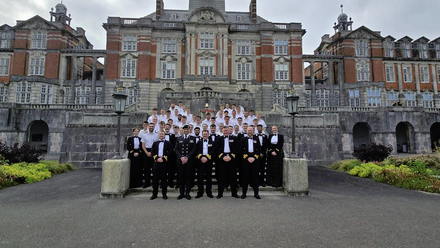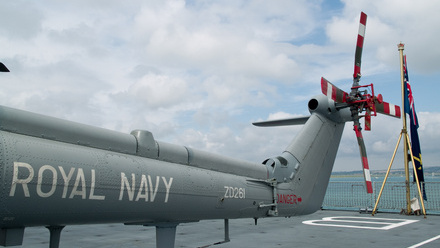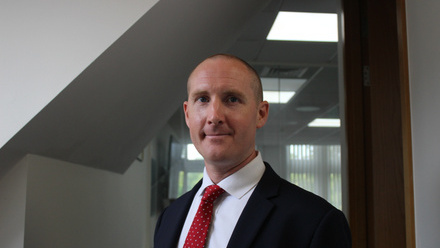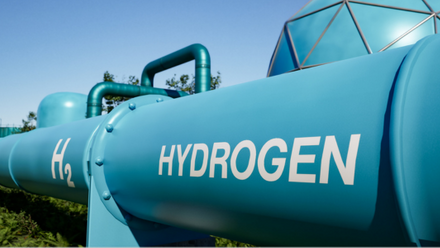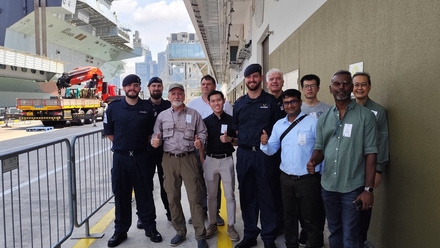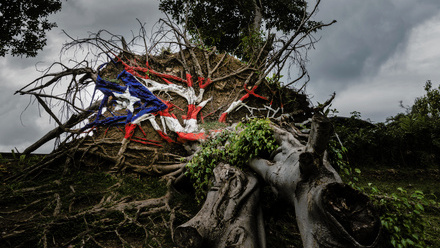Threats to Australia and NZ closer than first thought
Defence on the agenda at the International Maritime Conference in Sydney.
As the Asia-Pacific region grapples with evolving security threats and technological disruption, marine engineering professionals are gathering in Sydney for the International Maritime Conference (IMC) 2025 to address the industry's most pressing challenges.
Among the attendees is Kelly Smith, FIMarEST, Chief Engineer with Babcock New Zealand, IMarEST Auckland Branch Committee member, and IMarEST Council member.

Geopolitical pressures in the ANZ region
The challenges facing Australia and New Zealand are sharpening. Beyond traditional geopolitical concerns, Smith emphasises that proximity in the modern world extends beyond physical distance. "From a sea lanes perspective, we're miles away, but digitally, the threat is closer," she explains, acknowledging how technology has fundamentally changed the security landscape.
Even Russia, often perceived as geographically distant, represents a closer threat than many realise.
"All it took was an earthquake on the eastern border of Russia to actually realise how close they are," Smith says, referring to the 8.8-magnitude earthquake that struck off Kamchatka in July 2025, which triggered tsunami warning alerts for New Zealand’s coastal areas.
The value of international collaboration
Against this backdrop, the International Maritime Conference in Sydney, Australia this November, takes on particular importance.
The event coincides with the Indo-Pacific Navy Sea Power Conference and the Indo Pacific International Maritime Exposition, bringing together experts from defence, shipping, shipbuilding, and maritime technology.
Organised by The Royal Institution of Naval Architects (RINA), IMarEST, and Engineers Australia, topics the IMC will cover include maritime cyber security, environmental protection, shipbuilding and sustainment, and submarine technology.
For Smith, the event’s strength lies in its diverse representation across the Pacific region, bringing together defence industry professionals from countries such as the USA, Australia, New Zealand, and Japan.
“It’s the diversity of thought more than anything else,” she says. “One of the most valuable aspects of the Indo Pacific International Maritime Exposition is the shift in perspective it offers. What one country or company considers a priority might not be on another’s radar—until they come here.
“Attending the conference opens new ways of thinking. You see what others are doing, and suddenly it sparks fresh ideas: ‘Oh, that’s an interesting approach.’ It’s a catalyst for innovation and cross-border collaboration.”
This sharing of ideas will extend beyond the many formal presentations. "There will be a lot of networking and sharing potentially over a glass of beer," Smith enthuses, noting that some of the most valuable exchanges happen in informal settings.
Representing IMarEST
At IMC 2025, Smith will represent both IMarEST and Babcock. On behalf of IMarEST, she will be chairing a session on fuel transition for the Royal Australian Navy.
As someone who served in the Royal New Zealand Navy and now steps into the role of Chief Engineer at Babcock New Zealand, Smith will bring both personal and professional investment to the conversation around the subject.
“This topic is not just technically fascinating - it’s strategically vital,” Smith concludes. “The shift toward sustainable, resilient energy solutions will shape the future of naval capability, and I’m deeply committed to helping drive that change.”
Smith’s session will be on Wednesday, 5 November - the second day of the IMC. Discover more about the event.
Tell us what you think about this article by joining the discussion on IMarEST Connect.
Main image: Royal Australian Navy Ship, HMAS Sydney. Credit: Shutterstock.
Inline image: Kelly Smith, FIMarEST, Chief Engineer with Babcock New Zealand. Credit: Kelly Smith.

